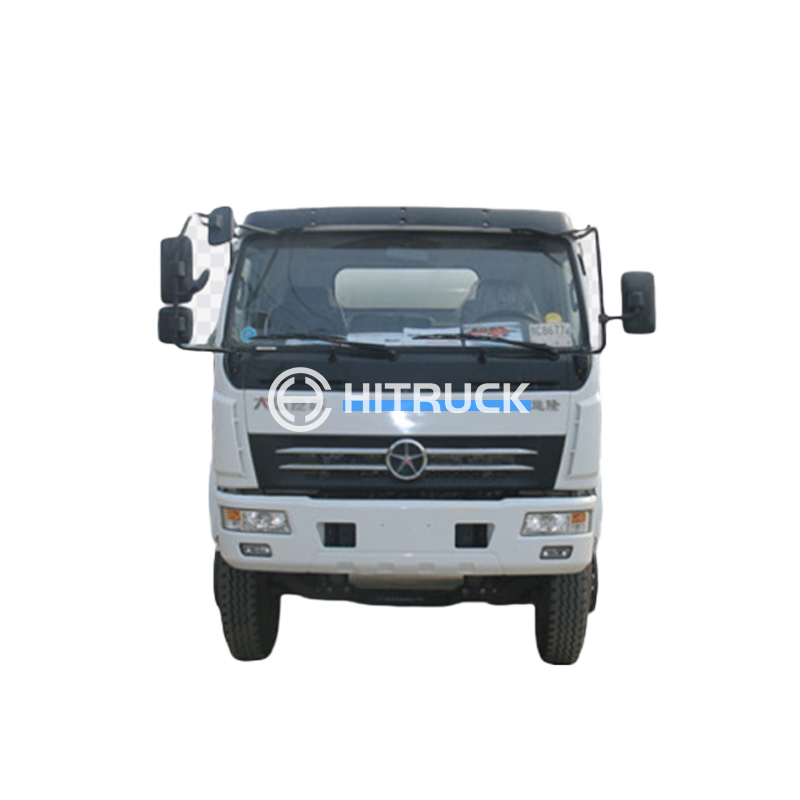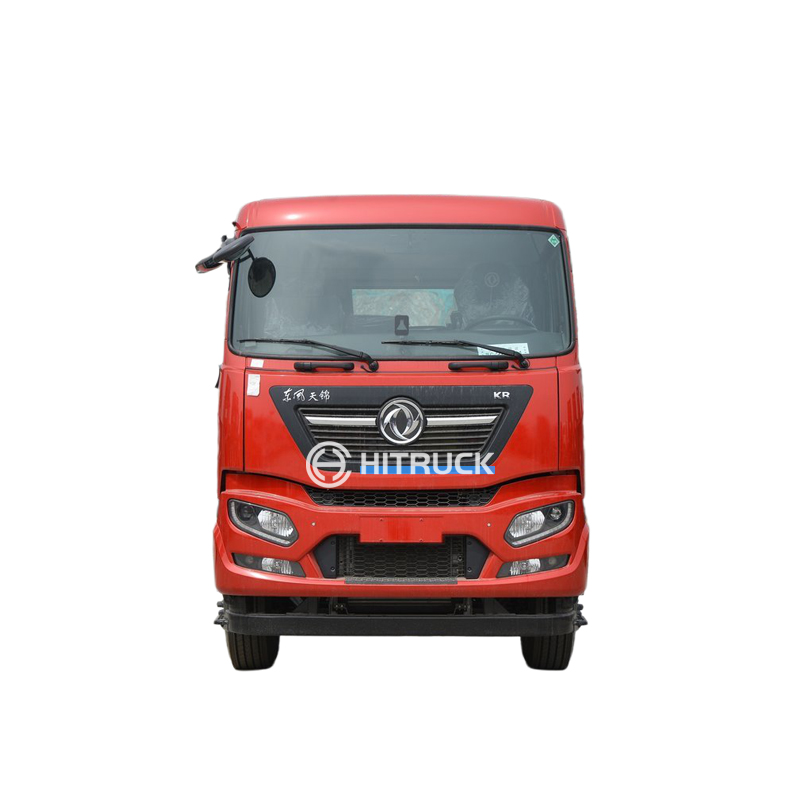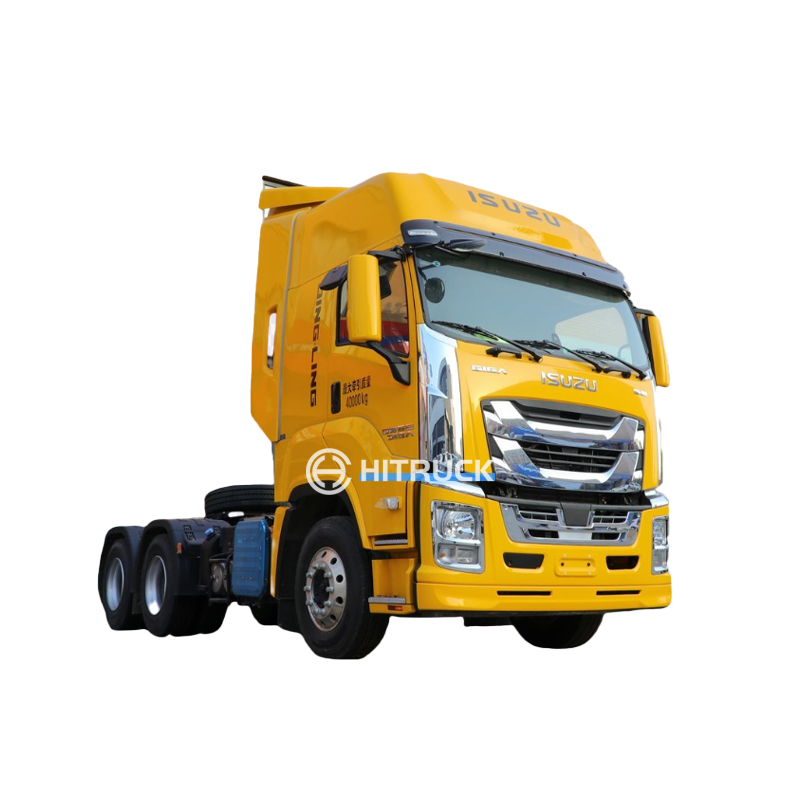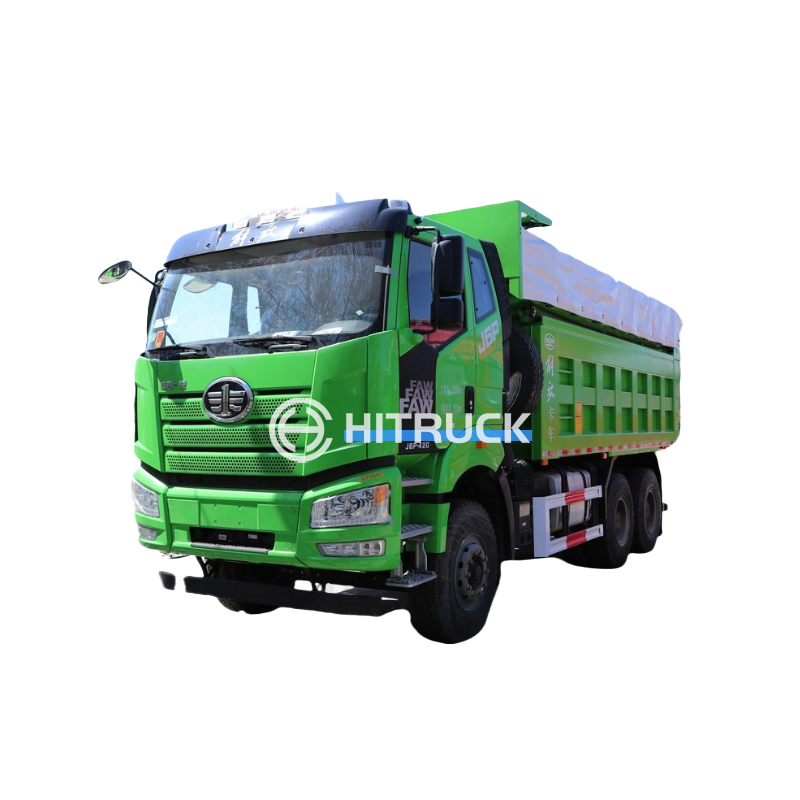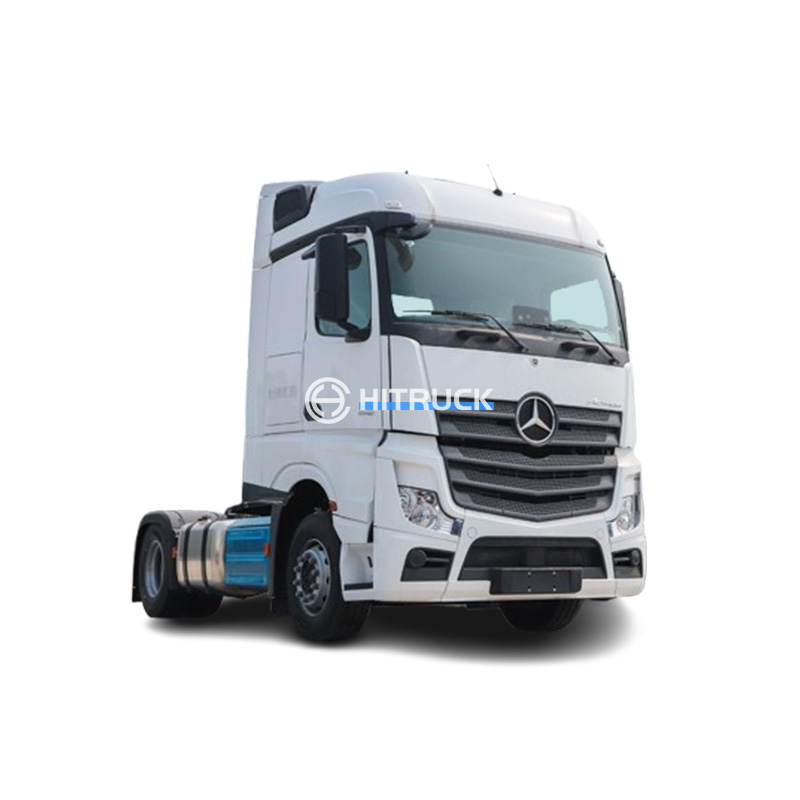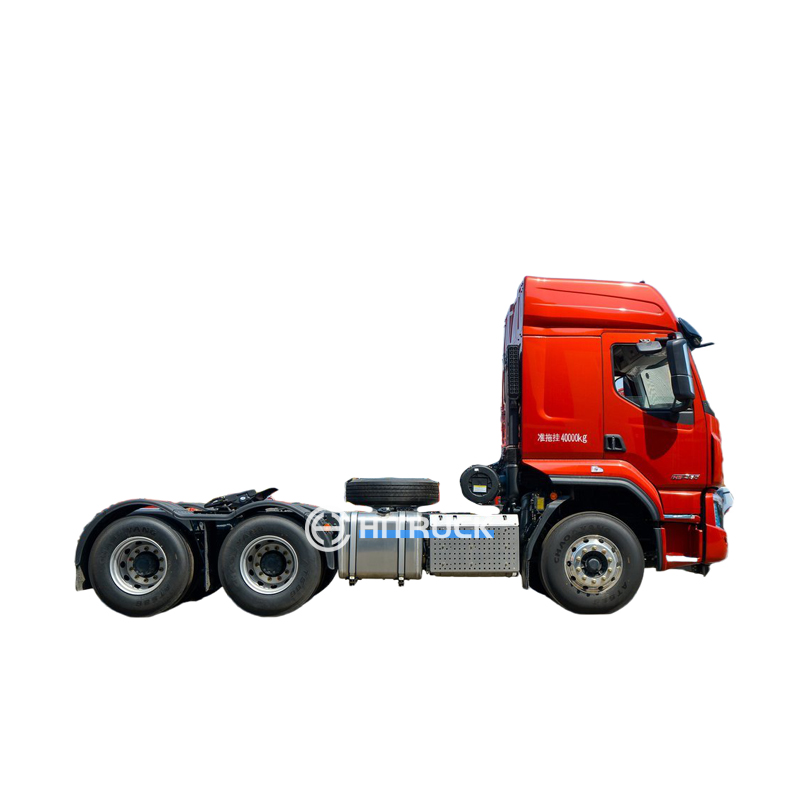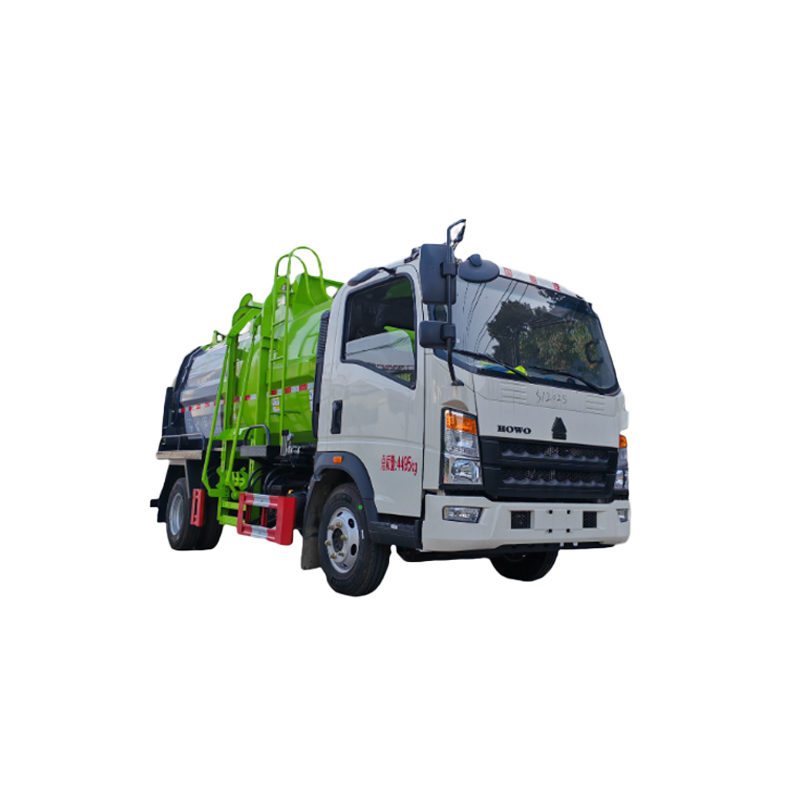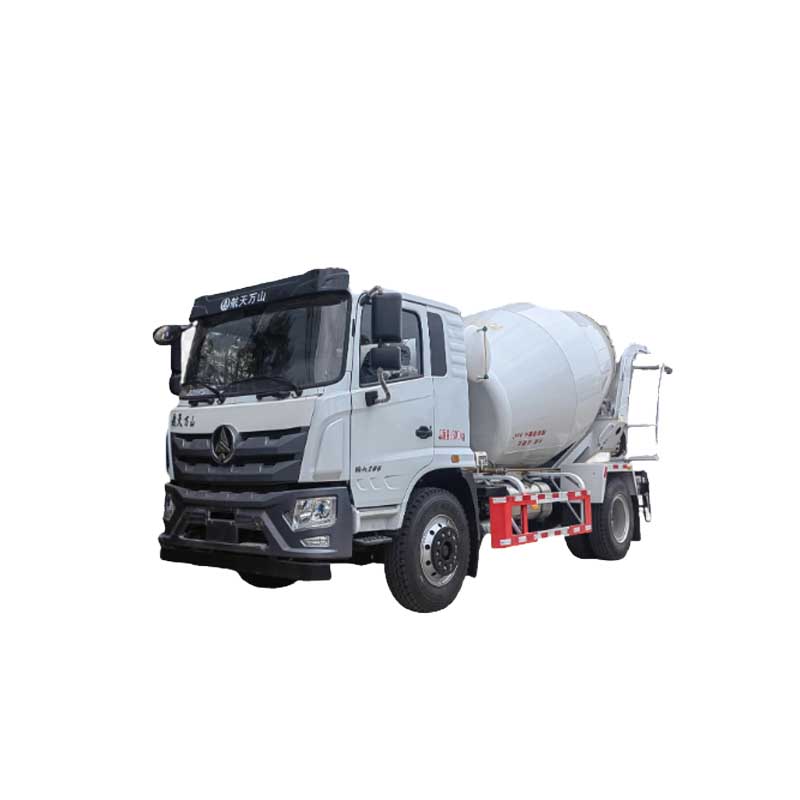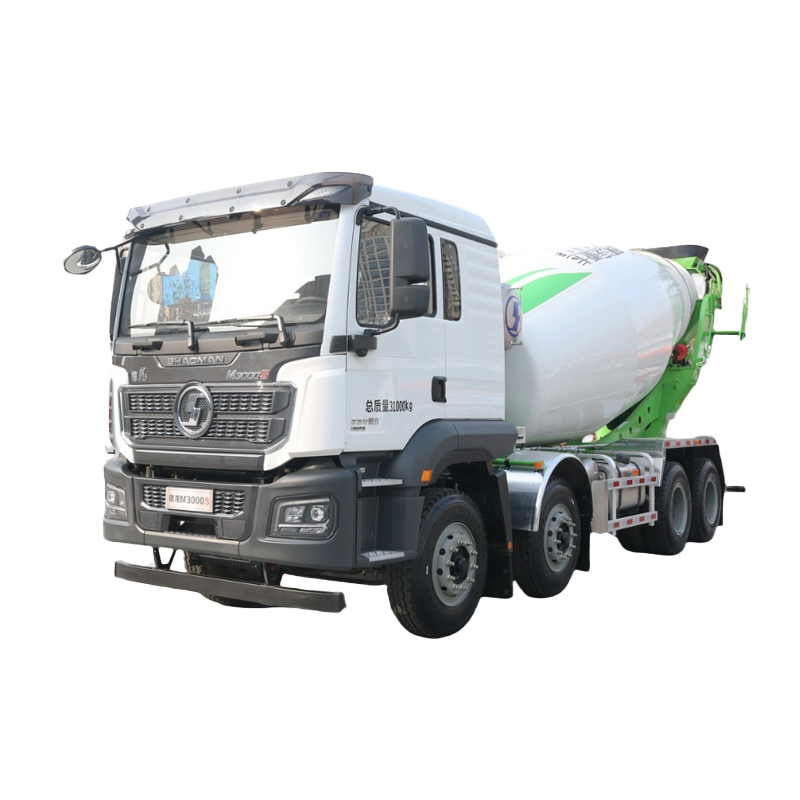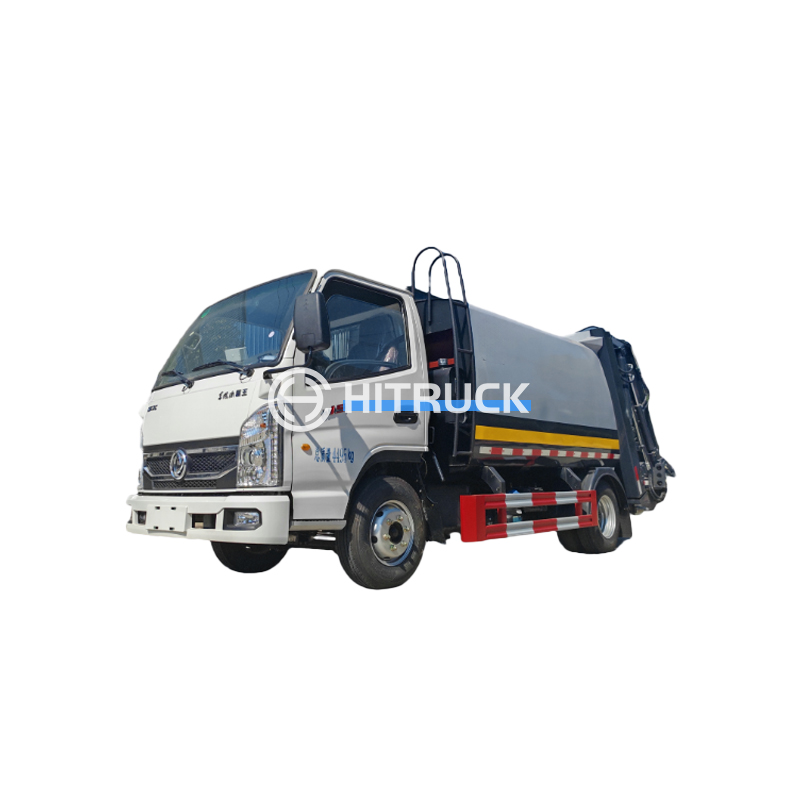This comprehensive guide explores the world of bridge cranes, providing crucial information to help you understand their various types, applications, and selection criteria. We'll cover key features, safety considerations, and factors influencing your purchasing decision, ensuring you choose the optimal bridge crane for your specific operational requirements. Learn about different lifting capacities, span lengths, and power sources to make an informed choice. Discover how to assess your workspace and choose a bridge crane that enhances efficiency and safety.
Overhead bridge cranes are the most common type, featuring a bridge structure that runs on elevated runways. They offer versatility and are suitable for a wide range of applications, from manufacturing plants to warehouses. The capacity and span of overhead bridge cranes are highly customizable depending on your specific needs. Consider factors like lifting height, hook reach, and the weight of the materials to be lifted when selecting an overhead bridge crane.
Gantry bridge cranes are similar to overhead cranes but differ in that their runways are supported by legs that rest on the ground. This makes them ideal for outdoor applications or situations where overhead runways aren't feasible. Gantry cranes are often used in construction, shipbuilding, and other heavy-duty industries. The mobility and adaptability of these cranes make them an attractive choice for certain applications.
Jib bridge cranes are characterized by a cantilevered jib arm extending from a fixed mast. These cranes are typically smaller and are more compact compared to overhead or gantry bridge cranes. This type of bridge crane is frequently used for smaller-scale lifting operations in workshops and factories, offering a highly maneuverable solution for precise lifting within confined areas. They are particularly suited for situations where space is limited.
Selecting the appropriate bridge crane involves careful consideration of several key factors:
This refers to the maximum weight the crane can lift safely. Accurately assess your heaviest load to ensure sufficient capacity. Underestimating this crucial aspect can lead to equipment failure and safety hazards. Always choose a crane with a capacity exceeding your anticipated maximum load.
The span length determines the horizontal distance the crane can cover. Measure the distance between your crane runways accurately. Consider future expansion needs and plan accordingly.
Bridge cranes can be powered by electric motors or internal combustion engines. Electric motors are generally preferred for their efficiency and lower operating costs, while internal combustion engines offer more mobility in certain situations. For example, electric power is ideal when the crane will be inside a facility, while combustion engines allow greater freedom for outdoor work. Consider the cost effectiveness and environmental impact of the selected power source.
Prioritize safety features such as overload protection, emergency stop mechanisms, and limit switches. Regularly scheduled maintenance and operator training are crucial to preventing accidents. Compliance with relevant safety regulations and standards is paramount.
Regular maintenance is crucial for ensuring the longevity and safe operation of your bridge crane. This includes routine inspections, lubrication, and repairs. A well-maintained crane reduces the risk of accidents and maximizes its operational lifespan. Investing in a comprehensive maintenance program will significantly improve the return on your investment. Remember to always adhere to safety regulations and procedures when operating a bridge crane.
Selecting a reputable supplier is critical. Look for a company with a proven track record, excellent customer support, and a wide range of bridge crane options. For comprehensive solutions and quality bridge cranes, consider exploring options from reputable suppliers like those available at Suizhou Haicang Automobile sales Co., LTD. They offer a wide range of heavy-duty equipment for various industrial needs. Thorough research and due diligence will ensure a smooth purchasing process and a successful partnership.
| Feature | Overhead Crane | Gantry Crane |
|---|---|---|
| Runway | Elevated | Ground-level |
| Typical Applications | Factories, warehouses | Construction sites, shipyards |
| Mobility | Limited | Greater |
Remember to always consult with industry professionals and adhere to safety guidelines when working with heavy lifting equipment.


